Outland & Hans Ulrich Obrist
Hans Ulrich Obrist and Outland's team discuss the metaverse in a chapter from On NFTs, a survey edited by Robert Alice and published by Taschen
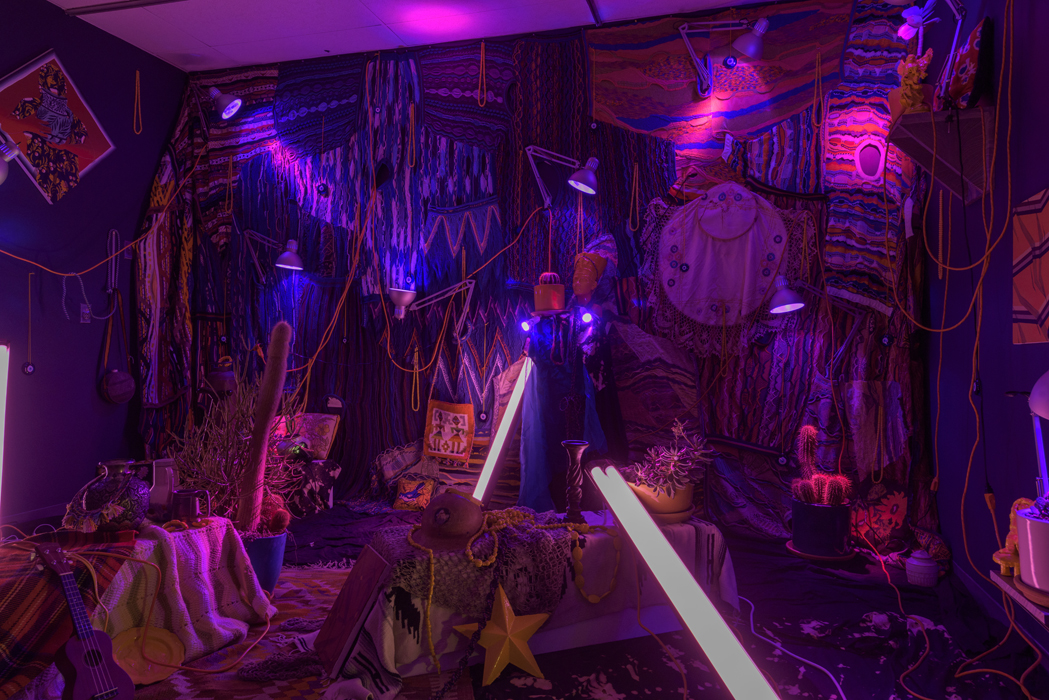
When does it make sense for an artwork to be an NFT? This question occupies Sarah Zucker and Amir H. Fallah, two artists who mint works made with digital media, though they came to this world from very different directions. Zucker, who produces video and animation using software before manipulating the footage with analog devices, was an early adopter of blockchain-based formats for editioning her work; she minted her first NFT in 2019, happy to find a “container” for a fluid practice. Fallah’s vibrant paintings mix imagery from Persian miniatures and twentieth-century cartoons, among other sources, and are often displayed as part of total installations with brightly colored walls and other atmospheric effects, speaking to his spirit of restless experimentation. He made his first NFT during the bull market of early 2021, and subsequently continued to explore the format using the same digital collaging techniques he uses to sketch his paintings, but relishing the texture of the lo-res gif as an end in itself. Zucker and Fallah have earned followings not just for their art but also for their outspoken opinions on the intersections of the cryptosphere and the art world. They work on the same block in Los Angeles, and they met in Zucker’s studio to exchange their perspectives on how art institutions handle tangible and immaterial artworks, as well as the shifting narratives around NFTs—topics raised by Zucker in her tenure as Outland’s first guest editor.
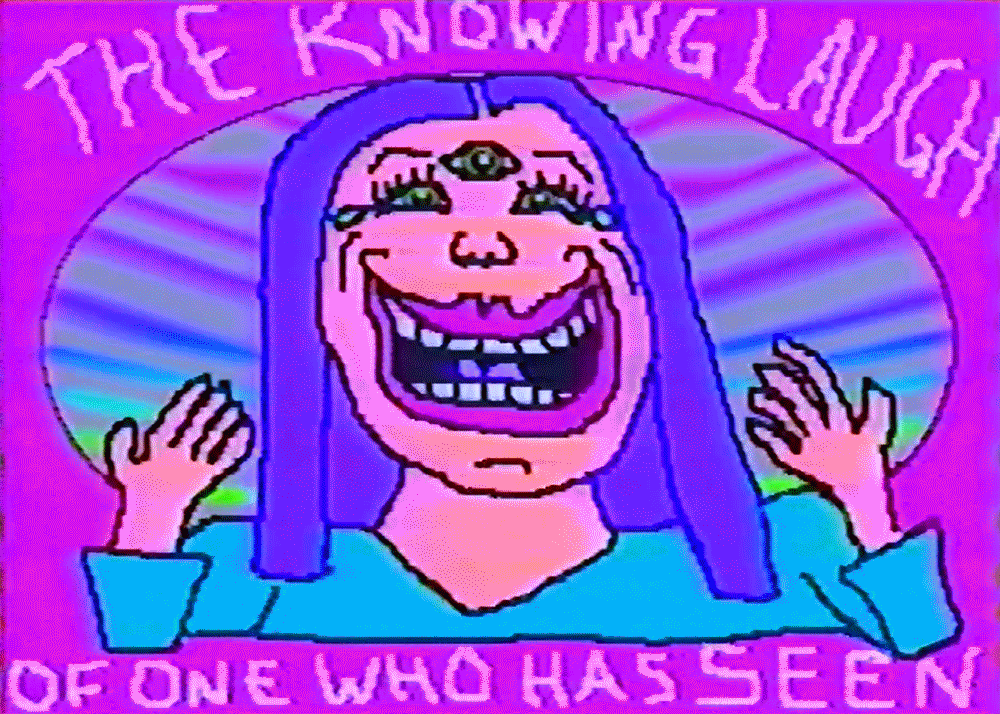
AMIR H. FALLAH I’m primarily an analog painter, My work looks graphic but is firmly rooted in traditional painting techniques. In December 2020 two collectors of mine, Shahin Tabassi and Dan Nguyen, encouraged me to explore NFTs, because I create the sketches for my work digitally. My first NFT questioned what an NFT could be. Immortal [2021] is a digital image of a physical painting that I set on fire and destroyed. The digital image of the painting was tokenized along with a video of the painting being destroyed.
In that piece I was questioning what the role of a painter was in this new space. After making Immortal I knew I couldn’t destroy another painting, and I didn’t want to mint images of paintings. That creates an obvious problem: which work is the original?
Later, I made digital collages by splicing together sections of my paintings. Much of my work is about patterning and ornamentation and decoration—obsessive mark-making. I realized I liked making digital images because you can achieve textures and patterns that would be hard to achieve in a physical painting. Maybe someone like Takashi Murakami can do it with a team of people and very high-end techniques. But in my studio, with the small group of people I work with, it’s impossible. With gifs, the image degradation creates new patterns, and I wanted to exploit that. A lo-res image doesn’t translate well as a print, but on a screen it looks great. So for me, it became this new material, and NFTs made sense.
SARAH ZUCKER Editioning the work in its native format is how I came to NFTs as well. I primarily worked with video and web-based art for over a decade. Having originally been a photographer, I know that there’s a hundred-year precedent for how a photograph becomes an edition. You can print a digitally made image, but it’s not the ideal format. Marina Abramovic has released editions of stills from videos documenting her performances. It works for her practice, but it still feels like you’re missing the fourth dimension. You’re losing the essence of the thing itself—the endurance it has over time.
I started hearing about NFTs back in 2015, when Ethereum came about. People were starting to at least hypothesize about how this could be an editioning format. Once the technology was available to me, I realized I now had a container for editioning my work. I’m so interested by your practice, because you have this hybrid of painting and digital. Anything technically can be made as an NFT because anything can be reduced into a digital file. But the market has matured enough that we can start asking: should this be an NFT? It’s not my place to prescribe what people should do. But sometimes I see an artist who works primarily in painting or sculpture minting things as NFTs and I think it may not be in good faith. It may not be serving the medium of the work itself. It only seems to be serving liquidity.
FALLAH Good faith is a big thing. That’s why the first piece I made was about this question. I thought I’d experiment with it in the same way that I’ve done ceramic works in the past. I learn by doing. I have to get my hands dirty. I was planning to step away after the first experiment with NFTs. But then once I started thinking about gifs and specifically static gifs, I realized the patterns that happen are really interesting and there’s no way I can replicate this by hand. My work is super anal. I paint with a one-hair brush. So making a digital image where I lose some control and cannibalize my own image sources was exciting.
Some people in the art world know this is not going away and they want to participate. But they do it in the most cash-grabby, inauthentic way. They’re releasing thousands of works, which they would never do in their art career. They’d have a show with ten paintings at the most. So why come into this space and dump thousands of tokens? They think they can take advantage of the tech bros. But it doesn’t help either side. It’s all going to go down over time. And I think it’s a huge problem.
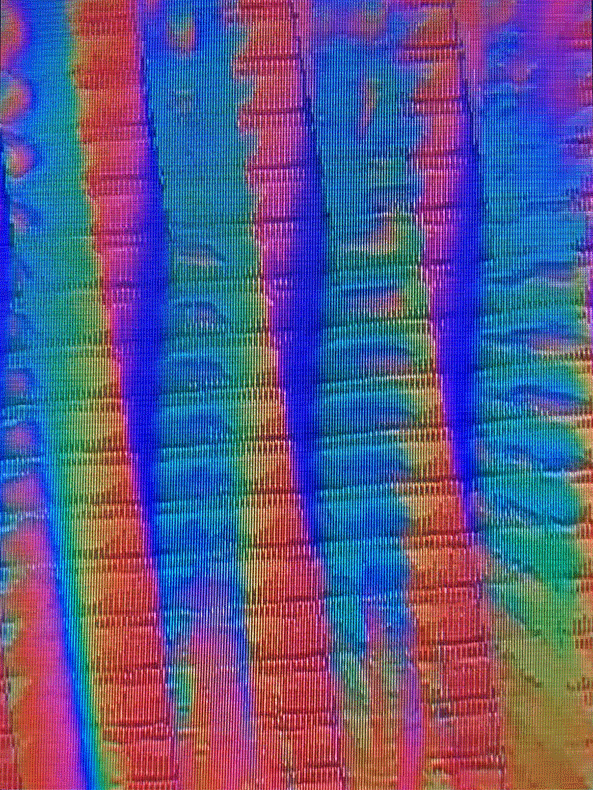
ZUCKER It’s so frustrating. The financialization of NFTs has dominated the media coverage. But NFTs as a financial innovation are one thing, while NFTs as a cultural innovation are something else altogether. I think we’re at a point now when the hype cycle is diminishing, and I hope that as the smoke clears, people will see the difference. As an artist who makes screen-based work, I know it’s both simple and revolutionary to be able to edition my work in its native format. It’s just a better mousetrap for editioning video art. It’s a better form of provenance for anything that’s infinitely reproducible.
This brings up these psychedelic questions about why editions and singular objects have value. If you go to a museum and see the work of a master artist who lived hundreds of years before you, you feel the awe of witnessing the hand of an artist in time. When people focus on the money, what they miss is that the blockchain is a technology for the future. If humanity manages to continue, what will society look like as the way we live becomes increasingly virtual? We’re trying to develop this framework, and it’s no surprise artists are leading the fray.
FALLAH When you were talking about selling video art, I thought about flipping through Artforum, which covers a lot of video art and often publishes stills. Every time I come across one I think, this is a shitty image and it’s a horrible way to learn about video art. I would always get frustrated that so many video artists wouldn’t put their videos on YouTube because they wanted to have an exclusive thing that can only be seen and bought in a gallery. That’s so limiting. That’s a problem that the NFT solves. The only issue is the file sizing, which is still limiting.
ZUCKER That’s the dial-up modem problem of this early period. Historically, you had to be very precious about these time-based practices for the institutions that would purchase it. Now there’s an entire cohort of artists—of which I’m one—who didn’t have access to those spaces, and decided to create work for the internet instead.
Video art used to be so insular. Social media blew it wide open. The algorithm, for better or for worse, affected the work. This is why work tends to be very short, but loops infinitely. We could debate notions of quality all day—I don’t think TikToks are always compelling, but they do exist in the framework of video art. What we’re now calling web3 is a way of taking the massive amount of value that social media companies were deriving from artists—”content creators,” they call us—and giving it back to the people creating the culture.
FALLAH Allison Schulnik made these amazing animations, with clay. She’s a painter and ended up doing music videos for some bands. Museums and collectors would acquire her videos, and she’d make a ceramic box for the DVD to live in, and it would also come with one of the figurines used in the claymation. I always thought that was interesting, but it’s a shame that she had to provide ephemera to entice collectors. The videos are incredible on their own.
ZUCKER At that point is that video or is it sculpture? I would say it’s a hybrid.
FALLAH They’re buying a sculpture that comes with free video art.
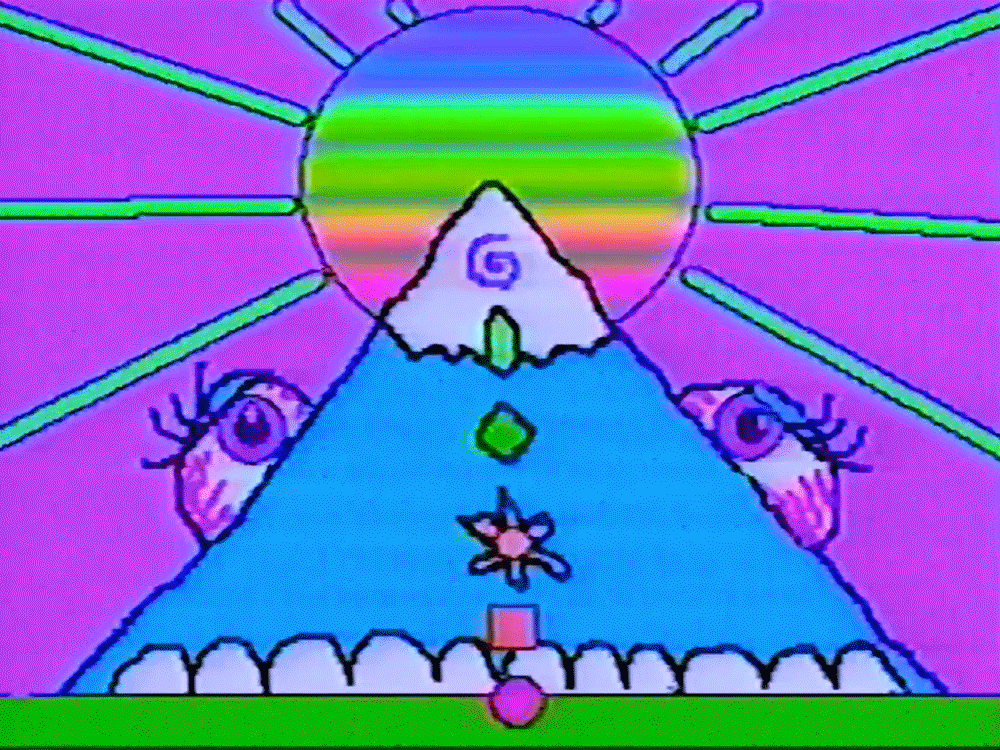
ZUCKER I had to do the same. The year before I got into NFTs, I showed work at Spring/Break LA. I got golden USB drives that I engraved and signed and numbered, and I put them in these ornate boxes. We were encouraged to do that by gallerists because that’s how collectors and curators perceive value. But I’m not an ornate box sculptor. The video is my artistry. These object gimmicks make you feel almost dirty. It cheapens your art.
I do work with vintage analog devices and at various points my work exists on VHS tape. I very much consider my process to be a digital-analog hybrid. I’m not a purist about analog video, I’m not trying to recreate the past. I sometimes say I’m a sculptor with light on videotape. I have a personal relationship to videotape because it was the primary medium of my childhood, and I was one of the last of the video-store employees before all the video stores shut down.
FALLAH Did you actually work in a video store?
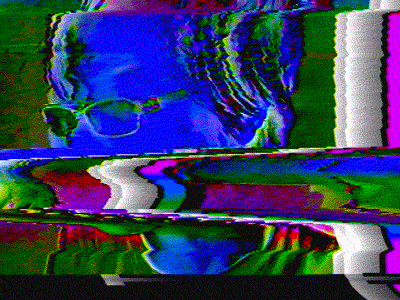
ZUCKER Yeah, as a teenager. And that’s how I know how to splice VHS tape. But videotape even then was outmoded. The store was very old-timey. They had all these video cassettes they didn’t want to get rid of, so they rented them for 50 cents each. I was the VHS tape whisperer, rescuing tapes that had been worn out from years of use.
VHS is magnetically imprinted on the tape and it does not have a long lifespan. That’s interesting to me, because it reflects what it is to be human, to have a body that is decaying. Every time I pull up one of my tapes, I’m seeing something different because it’s older. The same is true of human experience. You can revisit the same concept again and again, but every time you do, you experience it differently. You see it differently. Your eyeballs are older, and so is your mind.
My work often begins digitally either as animation I create or footage I shoot. Then it enters an analog ecosystem: vintage broadcast gear, modified devices, feedback circuits, camcorders pointed at TVs. . . I’m herding these electrical signals to get different colors and explosions of light. I never intended my art to be an intro to analog video. I’m not trying to capture that mode of the past. I’m using it to highlight how strange our present moment is. Even within my lifetime, how many mediums have come and gone?
FALLAH Every time the imagery gets filtered through one of these steps, another layer is added. I’m interested in the image degradation that happens when you create a lo-res, pixelated gif. You’re doing that by filtering it. Sometimes there are happy accidents that make it richer, more nuanced.
ZUCKER I think there’s a lot of spirituality and mysticism in my work. I really grapple with questions of what we keep from the past. We can only bring a little bit with us into the future and we should really be mindful and intentional about what that is. The beauty in decay is the ethos behind what people call glitch art. Most of my work could easily be defined as glitch art. I think what excites people about glitch is the memento mori—decay is what gives life meaning, and that becomes more potent to us as we operate in the digital landscape.
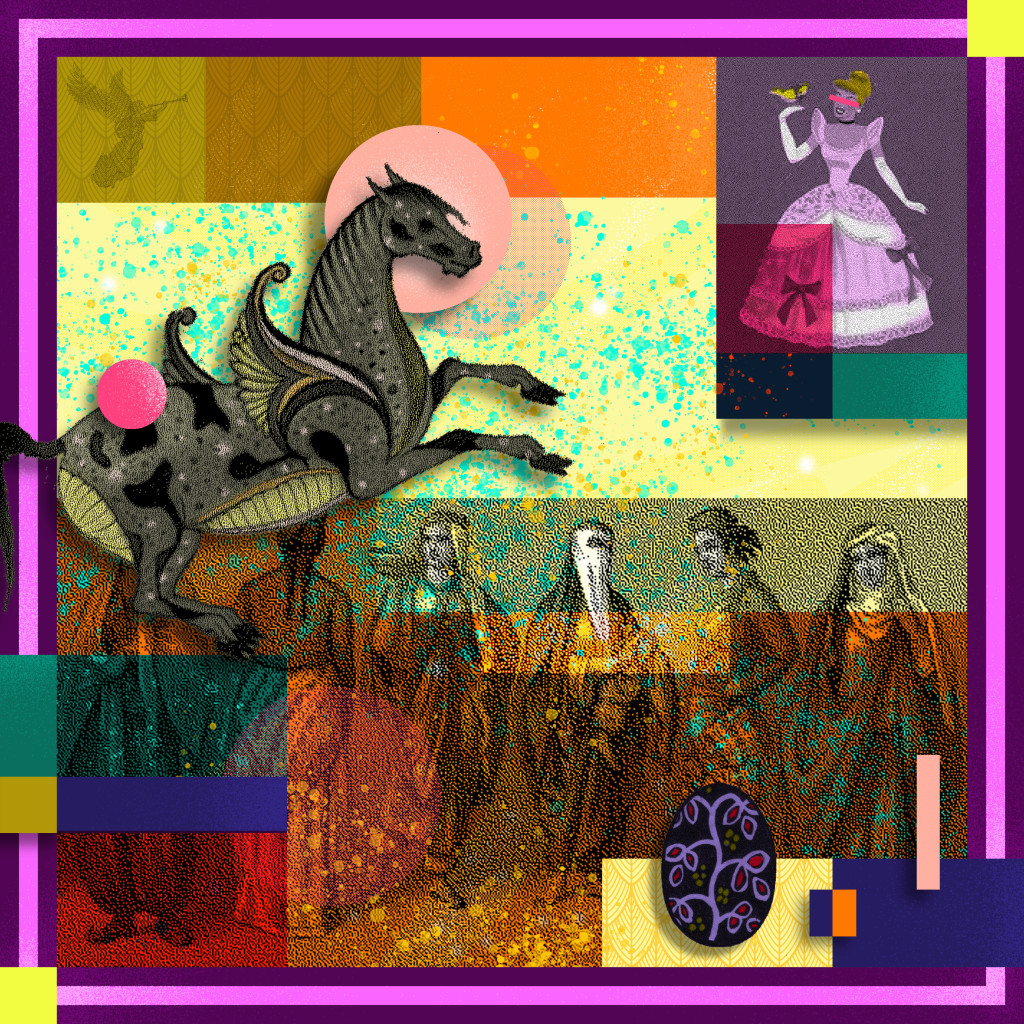

FALLAH That’s why people like abstract expressionism. The artist is letting go of control, letting the material do its thing. It’s beautiful, but it’s also falling apart and then rebuilding itself. And I think a lot of glitch art tries to do that.
ZUCKER You’re right. I often describe my process as channeling. Some glitch art is about letting it all go, and I think that my work has more control. My role as the artist is to meet chaos halfway.
We’re in a funny moment in which we now have an editioning format for digital art but we’re waiting for other technology to catch up to it. We don’t yet have any consumer-grade—or even collector-grade—displays that can effectively show an entire collection of NFTs. Supply chains that exist are for 16:9 televisions—a format for cinema. We’re in an era when we have phones, laptops, and all these other screens and yet we’re still bound to this aspect ratio from the 1940s. Works in all different aspect ratios are being displayed on screens that don’t fit them well. As an artist you have to make the work in its native format that’s good unto itself. The display is the next stage of things. It’s a question that will get answered because enough want it.
FALLAH What format do you use? Do you stick to one?
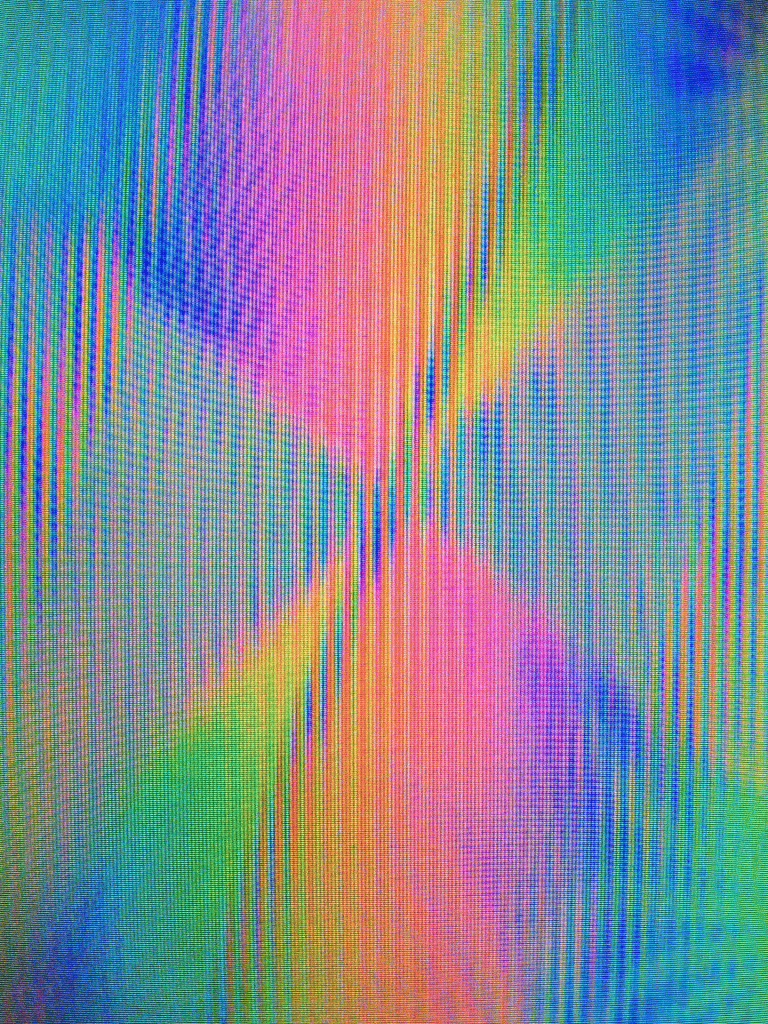
ZUCKER Because I used to do so much gif work I haven’t had a standard format. I’ve made a lot of work that’s like cutouts, that’s not rectangular. These days I would say 95 percent of my work is 4:3 aspect ratio, which is the aspect ratio of VHS tape and the aspect ratio of vintage CRT monitors. A lot of the digital art I see out there is 4:3, or close to that. A nice solid rectangle. 16:9 is so attenuated. It’s very long or very tall.
I know you have gallery representation, and I’m curious: do you think separately about the market for your paintings and the market for your NFTs? I also want to know how your gallerist feels about you making NFT work.
FALLAH When I made my first NFT, none of my dealers knew what they were. They said, that’s cool, you’re experimenting. After I released my third or fourth one, they were like, Whoa, whoa, whoa, you’re making a lot of these and we’re hearing bad things about this world. How is this going to affect your market? I explained that the NFT world was highly experimental. I asked if they had an interest in selling them, and they said no. I don’t know what’s happening, but the people who are interested in NFTs have almost no interest in the regular contemporary art world. There were some tough conversations with certain people. But in the end my galleries agreed to let me play this out.
I don’t share NFT sales with my galleries currently. Some NFT collectors have bought paintings from me. In those cases the galleries handle the sales and get their cut, and they’re very happy. I’ve had a couple of NFT pieces end up in museums. The galleries are excited about that because they know what a museum collecting something entails.
ZUCKER Galleries get a bad rap in the NFT space. They’re just seen as gatekeepers. But you’ve made very good points that galleries do so much for artists—that an ideal artist-gallery relationship is mutually beneficial. For any NFT artist or anyone working in any medium or space, you should always be looking for relationships that are mutually beneficial. Still, we have seen Pace partner with Art Blocks, but beyond that I don’t think galleries understand what we’re doing here. We’re a bunch of punk-ass kids doing some weird crap out behind the school gym, lighting shit on fire.
FALLAH I grew up in the punk and skateboarding and graffiti scenes in D.C., and that’s what got me into art. The NFT world has the same experimental and underground feel, and that’s a big draw for me. I’ve always been drawn to things that are on the outskirts, unresolved or problematic or muddy. I think in ten years the NFT space is going to be very different and I want to keep up with it. Eventually it is going to get absorbed in the art world and I’m excited to be already immersed in the space when that happens.
I’ve noticed my digital work is inspiring new things in my paintings, which is fun. If you go on vacation, you might see something that inspires you and you bring it into your work. Being in NFT land, which is so disconnected from the contemporary art world, I find weird pieces of inspiration that I bring into my artwork.
ZUCKER Artists are like sponges. Everything we do inspires us. I’m on the flip side of you—I’m starting to experiment with object-based work having always created only screen-based work.
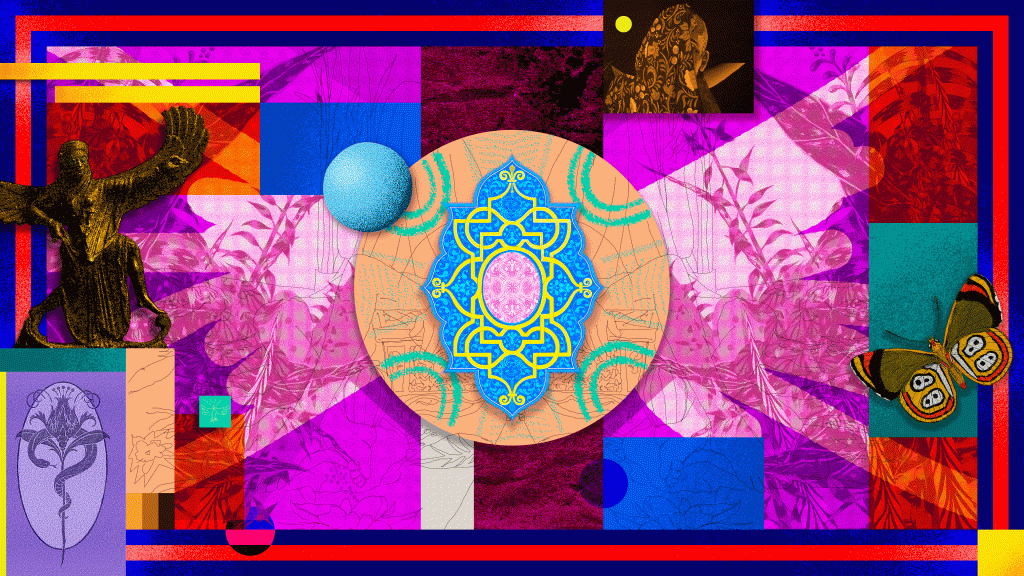
FALLAH I don’t think of you as a crypto native artist. You came from the art world, but then found this other avenue where you got the exposure that your work deserved. Our world is so weird. There’s so many different weird paths to having a career.
ZUCKER People in the traditional art world have so much to learn from us. When the Beeple sale happened in March 2021, all hell broke loose. Every single person in the world had a hot take about a thing they knew very little about. There was a massive ugly backlash against those of us who’d been working with this. The new hip thing for people to hate just happened to be something I’d been doing for almost two years. What really upset me was seeing people who I knew to be champions of media art and video art piling on and saying NFTs are bad art. So it was hard to hear them fanning these flames of hate. Artists were getting death threats. It was pretty brutal. And I think artists of marginalized identities bore that brunt harder than anyone because they were being policed by the other communities they were part of.
It was so hard to cut through that noise and reach art professionals and tell them, Hey, this is actually good. It’s just being overwhelmed by all this noise. I made a project called the Cassandra Complex that was about being able to see the future but cursed to never be believed. That’s how it felt. I could see how once the hype died down the people who had spent their careers working in video and media art would see NFTs as a better way to edition this art.
FALLAH My artist friends ask me if I’m still doing NFTs. They heard it’s dead. So I tell them no, it’s still kicking around.
ZUCKER There is still plenty happening here. I might not always get it right, but I’m generally a benevolent person. So it was a very strange experience to suddenly have people talking about my artwork, which is very joy-oriented, as though it were literally destroying humanity as we knew it. And I think that going through an experience like that, it either breaks you completely or it galvanizes you. And that’s what I have found. I feel very galvanized against how weird life on this planet is going to increasingly be. And I think that’s a gift. Things are going to just get weirder and weirder. I’m just going to keep on vibing.
—moderated by Brian Droitcour
